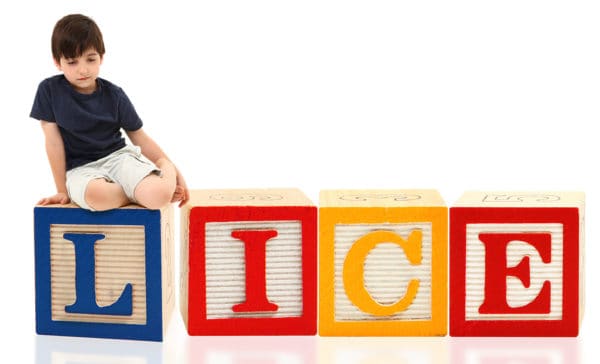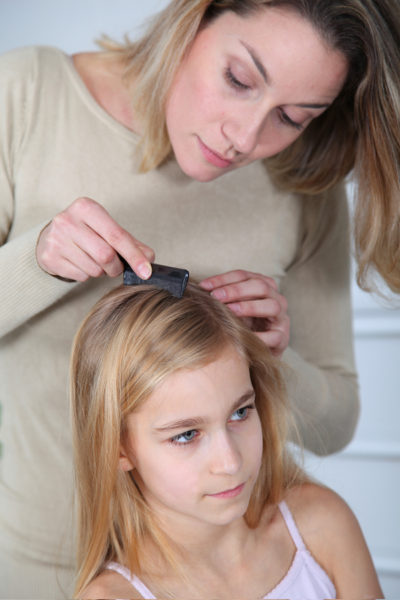READY TO GET STARTED?
REQUEST A FREE ESTIMATE
Fill out the form below or call (888) 466-7849 for a free, no-obligation estimate.

As the little ones make their way back to the classroom, the chances of them being exposed to lice grows exponentially. Let’s look at what lice are and what to do if your family becomes exposed.
Lice are flat, wingless parasites. They feed on blood and are commonly mistaken for dandruff. There are three common types of human lice. The two most likely to come in contact with your family are head lice and body lice.
While head lice will remain on the scalp unless disturbed by scratching, body lice live on clothing and other fabrics such as bedding; and contrary to popular belief, socioeconomic factors have no impact on who can catch lice.
While no one wants an infestation in the first place, some tips to prevent lice include: not sharing personal items such as hats, towels, and hairbrushes with others; and washing clothes in hot water to prevent an outbreak. Should you believe that you have a lice infestation, it is important to collect all clothing, bedding, towels, and any other linens from around the home and wash them immediately in hot water.
While you can reach out to a licensed pest control company for information on how to deal with lice, these infestations are considered a medical problem and a medical professional should be contacted if you suspect an infestation. With back to school season in full swing, we hope these tips help to prevent an outbreak in your home.

Summer is winding down and parents are getting ready to send their kids back to school. While finishing summer reading, stocking up on school supplies, and getting new haircuts are first and foremost on our to do lists, one thing we might not think about is preparing for head lice! August and September are the busiest months for head lice. Kids are coming back to school after a summer of play dates, camp, and sleepovers which significantly increases their chances of picking up head lice before school starts back. In fact, more than 12 million kids each year get head lice. While they can definitely be a nuisance to get rid of, head lice haven’t been shown to spread disease. So what should you do if you get the dreaded note from school that someone in your child’s class has head lice?